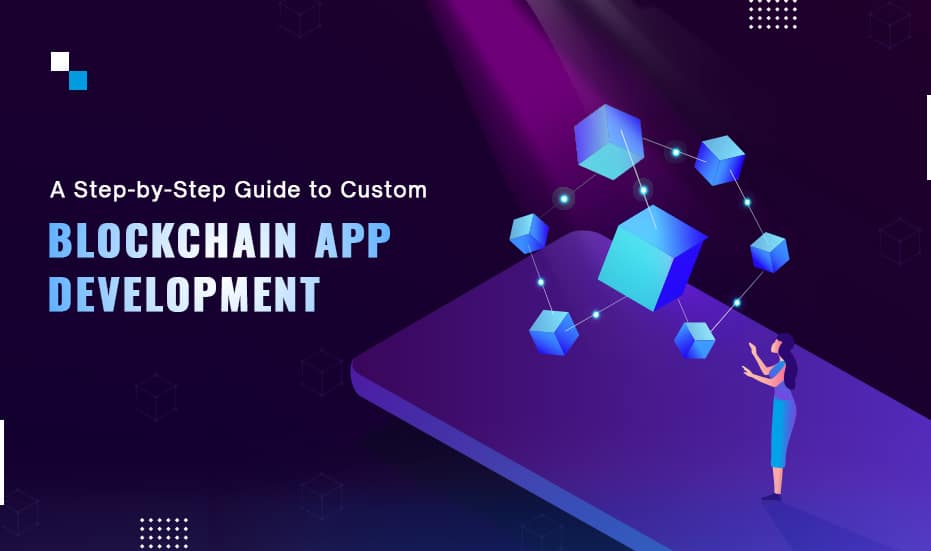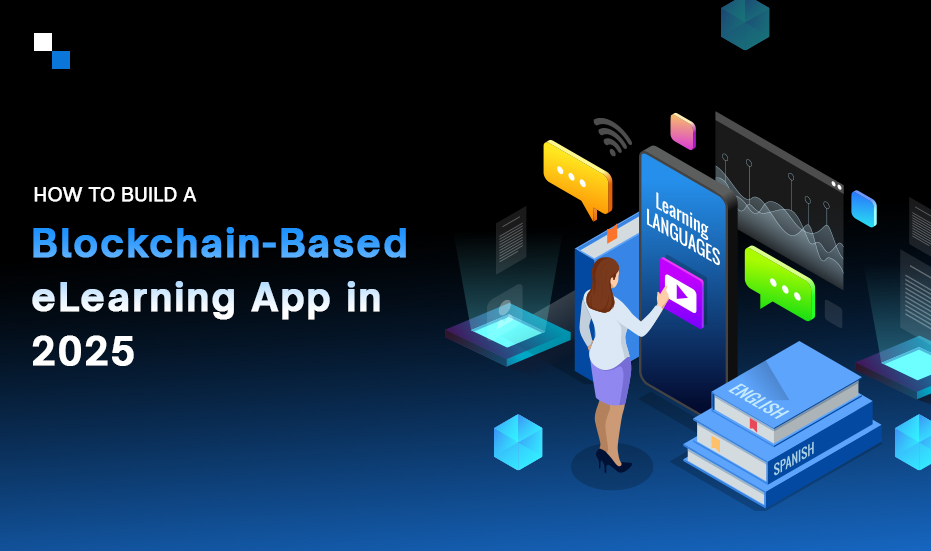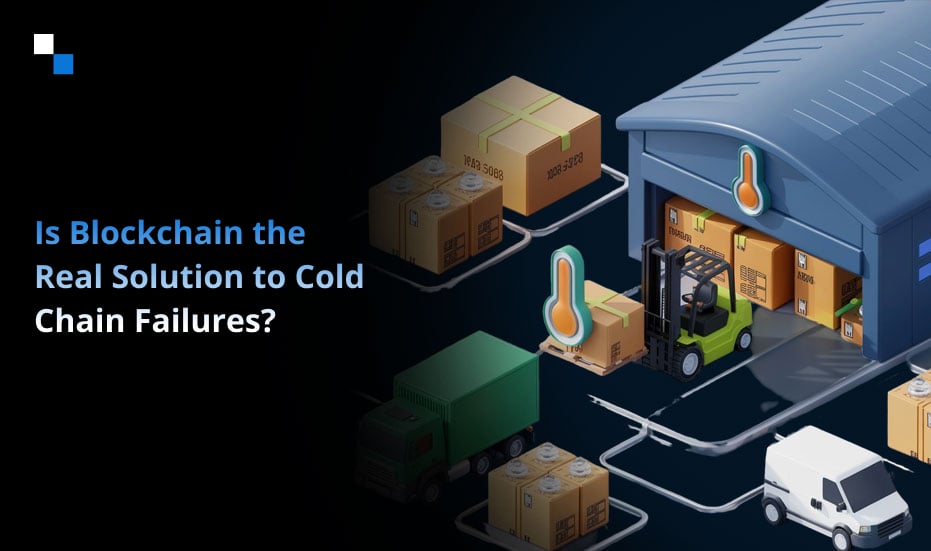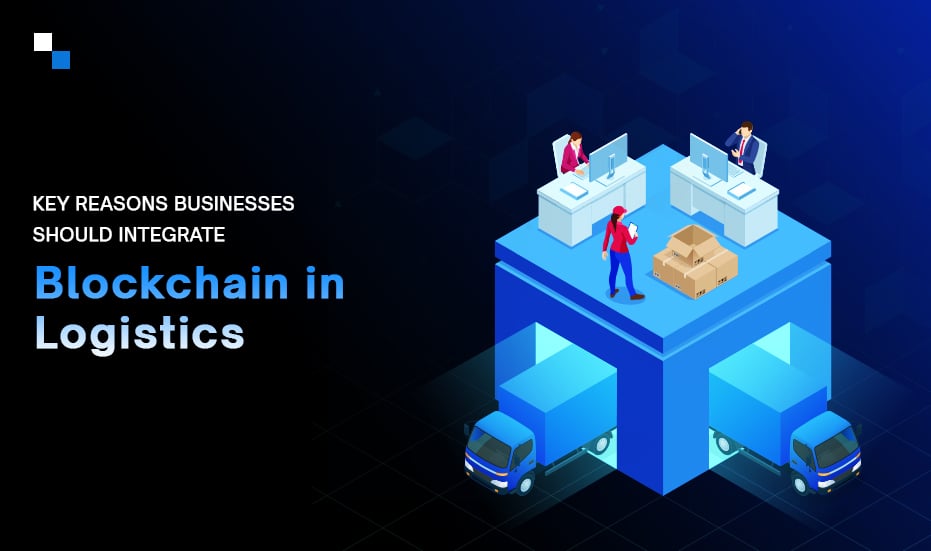
Decentralizing Finance: Exploring the World of DeFi
March 22, 2023
Layer 1 vs Layer 2 Blockchain Solutions – A Detailed Guide
March 22, 2023There is no denying that Blockchain technology holds the potential to revolutionize many industries from banking to healthcare to finance. The technology has gained widespread adoption over the past couple of years as many businesses have started investing in custom Blockchain app development as per their requirements and market needs.
However, creating a custom Blockchain app from scratch could turn out to be a time-consuming nightmare for newbies in the industry. Hiring a custom Blockchain development company could be an ideal option for getting a Blockchain application developed conveniently.
In addition to that, the following steps could help you turn your Blockchain app idea into reality.
Step-by-step Procedure For Custom Blockchain App Development
The below-listed are some noteworthy steps businesses must follow to create a custom Blockchain application:
Step 1: Identity the Right Use-case
Before starting with the custom Blockchain app development, it’s necessary to identify the sector you’re willing to invest in your future. A custom Blockchain app could be developed primarily for the following sectors:
- Healthcare industry: Handling and managing patient’s data transparently and securely.
- Supply Chain Industry: Tracing the entire supply chain from manufacturers to sellers to customers.
- Real-Estate industry: Maintaining the authenticity of land ownership documents and certificates
- Finance industry: Managing money laundering cases, eliminating intermediaries, and enhancing transaction processing speed.
- Banking industry: Enabling secure payments and promoting cross-border transactions.
Step 2: Select the Consensus Mechanism
Once you’re done with selecting the right use, the next and the most important step in the custom Blockchain app development is to choose the consensus mechanism. The crypto market is loaded with countless consensus mechanisms such as Redundant Byzantine Fault Tolerance, Proof-of-Work, Proof of Stake, Byzantine fault-tolerant, Federated Byzantine Agreement, Robin Round, Simplified Byzantine Fault Tolerance, Proof of Elapsed Time, Federated Consensus, and many more. Many Blockchain platforms require a lot of energy and powerful hardware to run successfully. Thus, it’s crucial to pick one that best suits your business requirements and budget.
Step 3: Choose an Appropriate Approach
A custom Blockchain app could be created either from scratch or from forking existing Blockchain platforms available in the market such as Ethereum, Solana, Cardano, TRON, Corda, Hyperledger fabric, Polygon, and more. As mentioned above, building a Blockchain application from scratch is very time consuming and challenging as it requires a lot of effort. On the other hand, every existing Blockchain platform has its own set of rules and regulations. Make sure to choose an appropriate development approach as per your budget.
Step 4: Design the Nodes
After identifying the right approach and consensus mechanism, the next step is to design the nodes of your Blockchain platform. You may select either from a permissionless network or a permissioned network as per your requirements. Those willing to share information with the public must go with a permissionless network whereas businesses that don’t want to share vital information must choose a permissioned network. You must select hardware requirements such as processors, disk size for each node, memory, and more. After hardware requirements, you must also choose an operating system. It’s recommended to go with Windows or select free Linux operating systems such as Fedora, Ubuntu, CentOS, and many more.
Step 5: Create the Blockchain Instance
It will be created on the basis of the Blockchain platform you choose for the app development. Before starting with the instance creation, don’t forget to consider the following factors:
- Asset issuance
- Permissions
- Key management
- Atomic exchange
- Native assets
- Key formats
- Block signatures, and more.
Step 6: Manage APIs and Design the User Interface
It’s time to manage APIs after creating the Blockchain instance. APIs will be needed to generate key pairs and addresses, authenticate data using hashes and digital signatures, perform audit-related functions, store data, manage the smart-asset lifecycle, and more. After setting up the back-end, the next step is to design the UI/UX for the admin and users.
Launch Your Own Custom Blockchain App Development
Schedule Free DemoConclusion
Though this blog sheds light on the step-by-step procedure of custom Blockchain app development, budding entrepreneurs may find it challenging to create one for their business. In such a situation, it is advisable to get in touch with a renowned custom Blockchain development company like Antier.
Whether you’re willing to develop a custom Blockchain application from scratch or fork an existing Blockchain platform, Antier effectively caters to your needs with its business-oriented custom Blockchain app development services. The company has a proven track record of delivering countless custom Blockchain applications for its worldwide clients. From real estate to banking to sports, the team of experts at Antier has served clients from diverse industry verticals over the past couple of years. The company harnesses the power of smart contracts and decentralization to build custom, scalable, and asset-agnostic applications as per its clients’ requirements. Connect with our subject matter experts to share your business needs.



